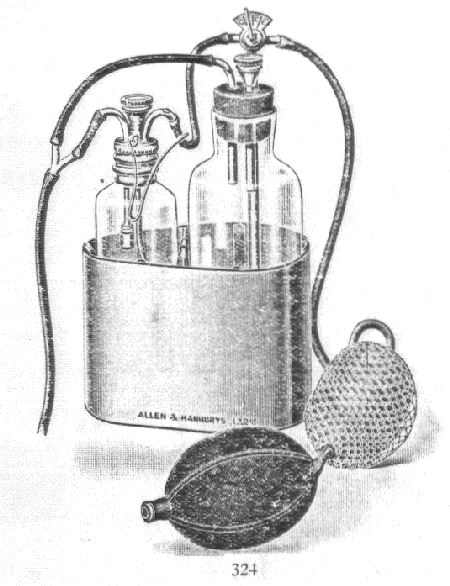 |
Veterinary Anesthesia & Analgesia Support Group |
| Practical Information for the Compassionate Veterinary Practitioner |
|
| HOME |
|
 |
|
a) Disconnect the endotracheal tube before moving or turning patient to minimize tracheal trauma b) All anesthetized patients will be kept on a warm water blanket whenever possible. i) Utilize a warm air patient warmer like the Bair Hugger whenever possible. ii) Microwaved water bottles or rice bags can cause serious burns. Their use is not recommended. iii) Warm water can be of some use if the patient is wrapped in a light towel and the bottles are changed frequently. (1) Cooled water bottles are a heat-sink that must be avoided. (2) Direct contact with very hot tap water can cause first degree burns. c) All anesthetized patients will be monitored in the most complete fashion available to the practice. i) The most important monitor is a properly trained health professional dedicated to observing and managing the patient’s anesthetic care. ii) Technology enhances the anesthetist’s ability to safely manage their patient. Blood pressure, ECG, End-tidal CO2 and Pulse Oximeter monitors are recommended for every patient. (1) See the monitoring section below entitled “Monitoring” for more details on these monitors. d) The anesthetic record should be maintained as consistently as possible during the event. i) All unusual developments should be noted on the record and all important points transferred to the Master Problem List in the patients medical record
|
||
| Anesthetic Maintenance Protocols | ||
| Return to top of page | ||
| Questions or problems regarding this web site should be directed to DRSTEIN@VASG.ORG . Copyright © 2003 ASAH. All rights reserved. Last modified: April 9, 2011 . |
||